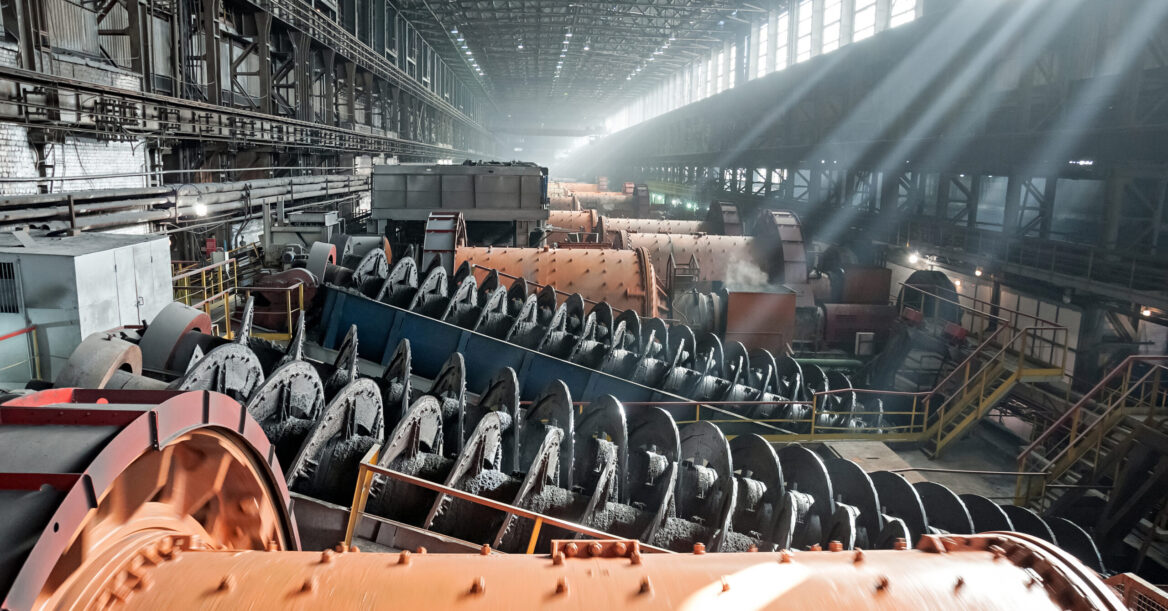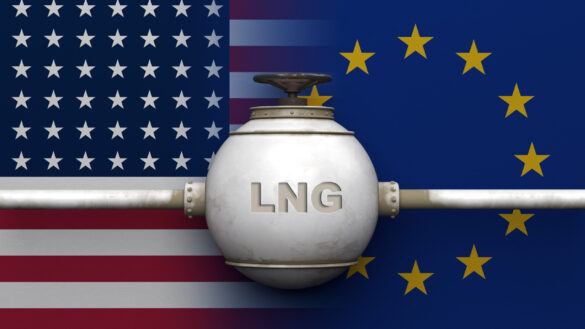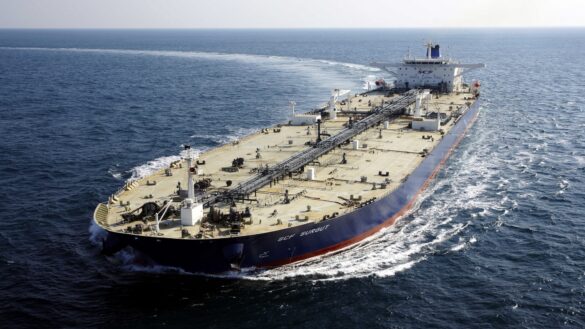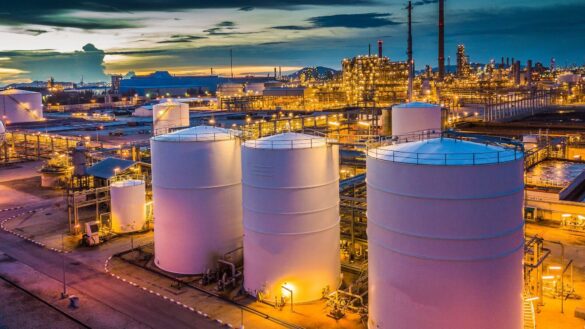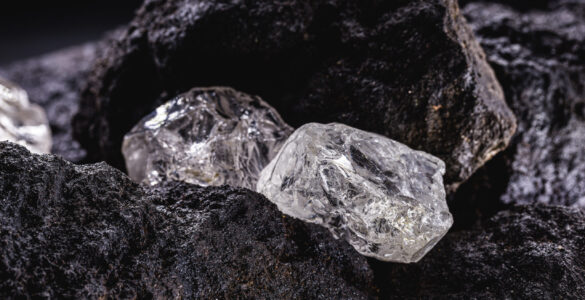Mineral processing is a form of extractive metallurgy that separates valuable minerals from the ore into a concentrated, marketable product. Mineral processing is also known as mineral dressing.
Mineral processing is conducted at the site of the mine and is a highly mechanical process, with oversight from a central control room.
In this guide, we’ll cover the following topics:
- Why is Mineral Processing Important?
- What are the 4 Stages of Mineral Processing?
- How Does Mineral Processing Work?
- Mineral Processing Equipment
Why Is Mineral Processing Important?
The profitability of a mine is based on how much concentrate of the desirable mineral can be extracted from the ore. As a result, mineral processing is designed to yield the maximum amount of mineral concentrate possible before products hit the market.
If the case cannot be made for profitable yields of valuable minerals, then a mine will not hit the development stage in the lifecycle of a mine.
Mineral processing is used to extract the following materials:
- Metals, including aluminium, bauxite, chalcopyrite, chromite, copper, galena, gold, hematite, iron, lead, magnetite, molybdenum, nickel, platinum, silver, sphalerite, tin, and zinc
- Rocks, including including building stone, coal, clay, granite, limestone, potash, marble, and sand
- Industrial mineral ore, including apatite, barite, diamond, fluorite, garnet, gemstones, quartz, vermiculite, wollastonite, and zircon
Mineral processing is an important step in converting ore into a product that can be sold and used for everyday applications.
What Are the 4 Stages of Mineral Processing?
Aside from profitability, the main objective of mineral processing is to break down ore from its heterogeneous properties and turn it into a homogeneous product to sell. To do this, materials will undergo the following four stages of processing to extract the desired crude material:


